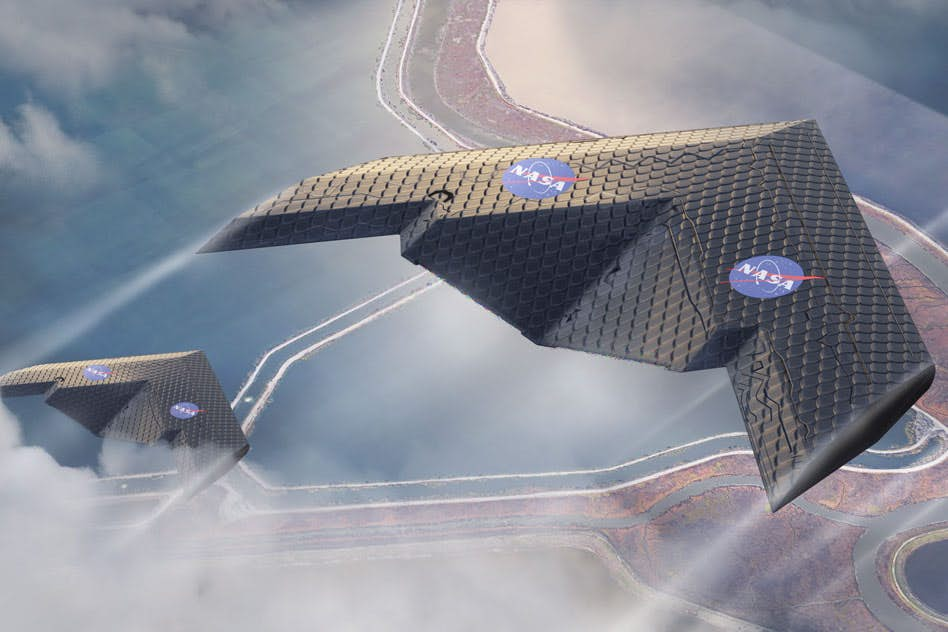
WHY THIS MATTERS IN BRIEF
Only around half the planet has what can be termed good connectivity, and now for the rest there’s Elon Musk’s StarLink network.
 Interested in the Exponential Future? Connect, download a free E-Book, watch a keynote, or browse my blog.
Interested in the Exponential Future? Connect, download a free E-Book, watch a keynote, or browse my blog.
Recently SpaceX began launching its Starlink network – the satellite constellation that it ultimately wants to use to help connect everyone on the planet to high speed internet. Now, the company has announced they’ve signed an agreement with the US Army, who often have to operate in remote parts of the world where connectivity is at best shockingly bad, to evaluate the network. The R&D agreement, as first reported by SpaceNews, is a fairly standard agreement ahead of any actual commercial procurement deal for the US military, but it’s significant nonetheless.
SpaceX’s Starlink network, which is still in development and which is set to go live for select customers in the US and Canada later this year, according to the company, aims to provide low-latency, high-speed internet connectivity globally using Low Earth Orbit (LEO) small satellites. Its network is designed specifically to address the needs of customers located in hard-to-reach and underserved areas, with network connectivity that the company hopes will be better and more reliable than existing satellite based connections, which rely on geostationary satellites located much farther away from Earth.
The Army will be looking at finding out what kind of investment it needs to make in ground-station infrastructure and integrating SpaceX’s network connectivity with its existing systems, SpaceNews reports. Provided there are no big showstoppers there, SpaceX’s solution could address a lot of the challenges the military faces with connectivity no matter where they’re operating. Obviously, they don’t always find themselves working in places with high population density and easily accessible ground-network infrastructure.
There are other ways in which Starlink’s operating model doesn’t fit with the Army’s needs, including its reliance on ground stations, which may or may not be accessible to the Army in whatever operating theatre they happen to currently be in. Still, it’s very possible that Starlink could meet the needs of some of its operations and not others, but provide big improvements in those areas where it does work.
Starlink launches are set to continue at a regular pace throughout the year as SpaceX continues to build out its 12,000 strong satellite network, and needless to say the more satellites that SpaceX has on orbit the greater its geographic reach, and the less likely its network is to encounter interruptions in service, since each satellite hands off the connection from one to another as they orbit the Earth.















